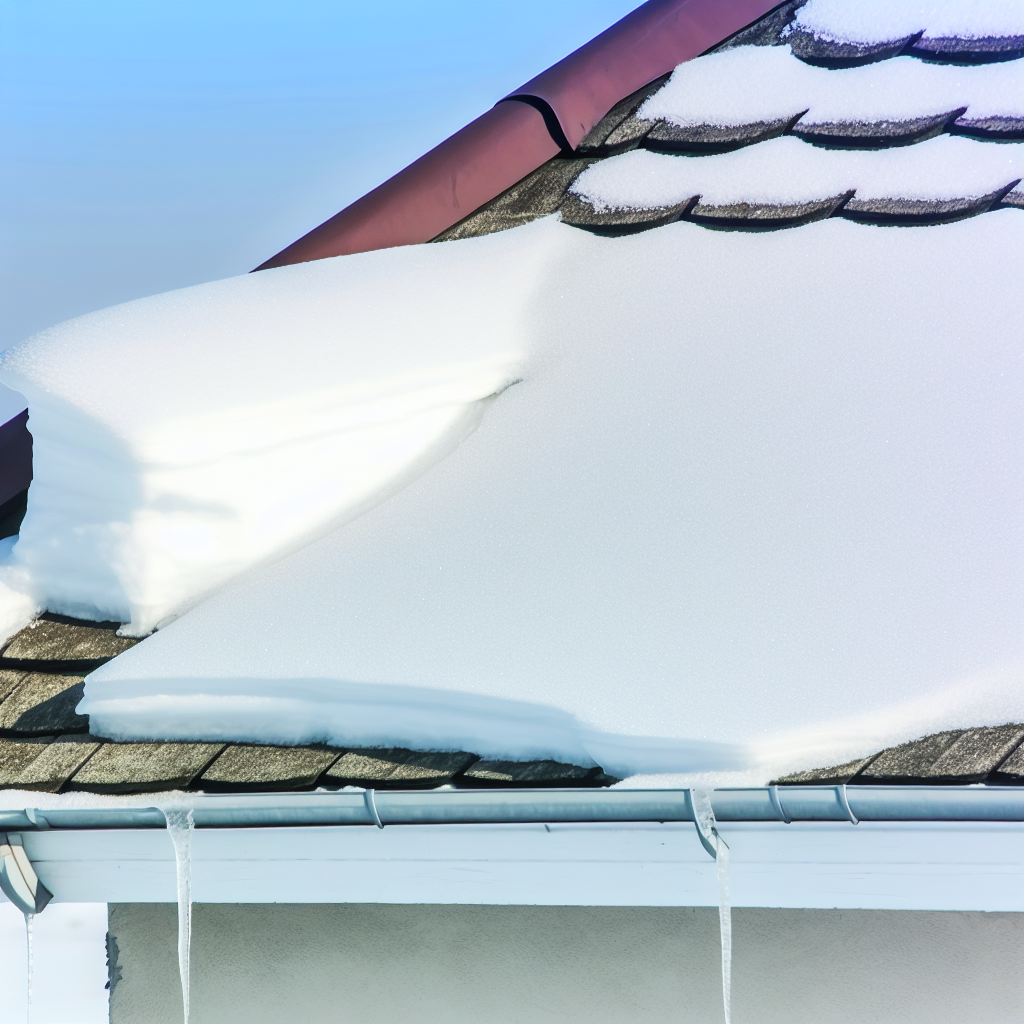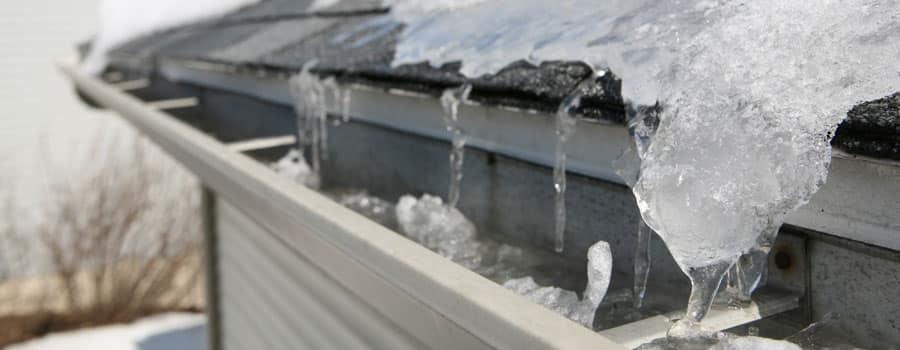
Learn how to winter-proof your roof against the harsh elements to ensure your home stays warm and damage-free all season long.
The Importance of Roof Readiness for Winter Weather
As winter approaches, ensuring that your roof is ready for snow and ice is crucial. A well-prepared roof can protect your home from leaks, structural damage, and costly repairs. The weight of snow and ice, combined with melting and refreezing cycles, can put a significant strain on your roof, making it essential to address any potential issues beforehand.
Taking proactive steps to inspect and repair your roof can also enhance your home’s energy efficiency. A properly maintained roof helps to keep the warm air inside and the cold air out, reducing your heating costs and ensuring a comfortable living environment throughout the winter months.
Inspecting Your Roof: What to Look For Before Snow Falls
Before the first snowfall, conduct a thorough inspection of your roof. Look for any damaged or missing shingles, as these can be entry points for moisture, leading to leaks and further damage. Pay close attention to the flashing around chimneys, vents, and skylights, as these areas are particularly prone to leaks.
Additionally, check for any signs of sagging or structural issues. If you notice any areas that seem compromised, it’s best to consult a professional. Inspect the gutters and downspouts as well, ensuring they are clear of debris to facilitate proper drainage and prevent ice dams.
Effective Techniques for Repairing Shingles and Flashing
Repairing damaged shingles and flashing is crucial to maintaining the integrity of your roof. For shingles, replace any that are cracked, curled, or missing. Ensure that new shingles are properly aligned and securely fastened to prevent wind and water damage.
When addressing flashing issues, use durable materials such as aluminum or galvanized steel. Ensure that the flashing is tightly sealed to prevent water from seeping through. If you’re not comfortable performing these repairs yourself, hire a professional roofer to ensure the job is done correctly.
Strategies to Prevent Ice Dams and Buildup on Your Roof
Ice dams can cause significant damage to your roof and home. They form when heat escapes from your attic, melting the snow on your roof. The melted water then refreezes at the roof’s edge, creating a barrier that prevents proper drainage.
To prevent ice dams, ensure your attic is well-insulated and ventilated. This helps maintain a consistent roof temperature, reducing the likelihood of snow melting and refreezing. Additionally, consider installing heated cables along the roof’s edge to melt ice and snow, allowing for proper drainage.
Maintaining Your Roof Throughout the Winter Season
Regular maintenance throughout the winter season is essential to keep your roof in top condition. After heavy snowfalls, use a roof rake to remove excess snow from the roof’s edge, reducing the weight and preventing ice dam formation. Be cautious not to damage the shingles during snow removal.
Periodically check your attic for any signs of leaks or moisture buildup. If you notice any issues, address them promptly to prevent further damage. By staying vigilant and performing regular maintenance, you can ensure your roof remains strong and effective throughout the winter months.

